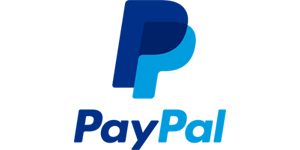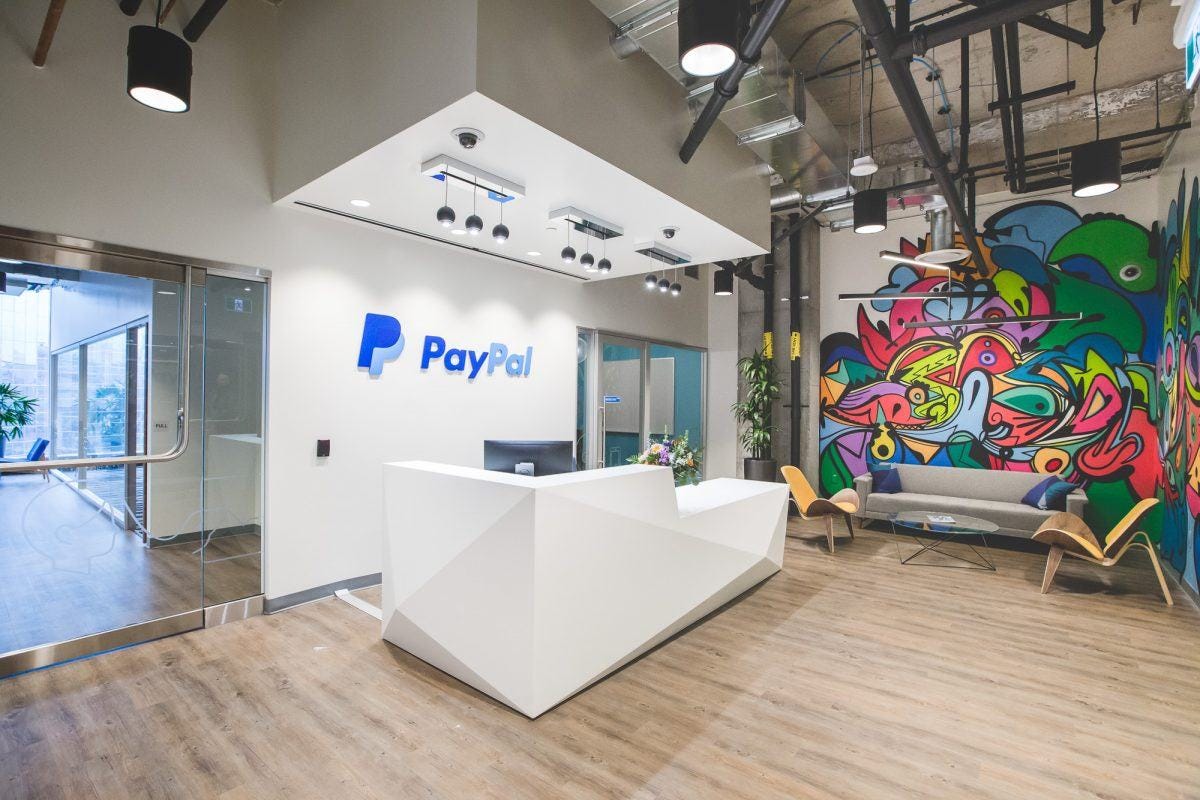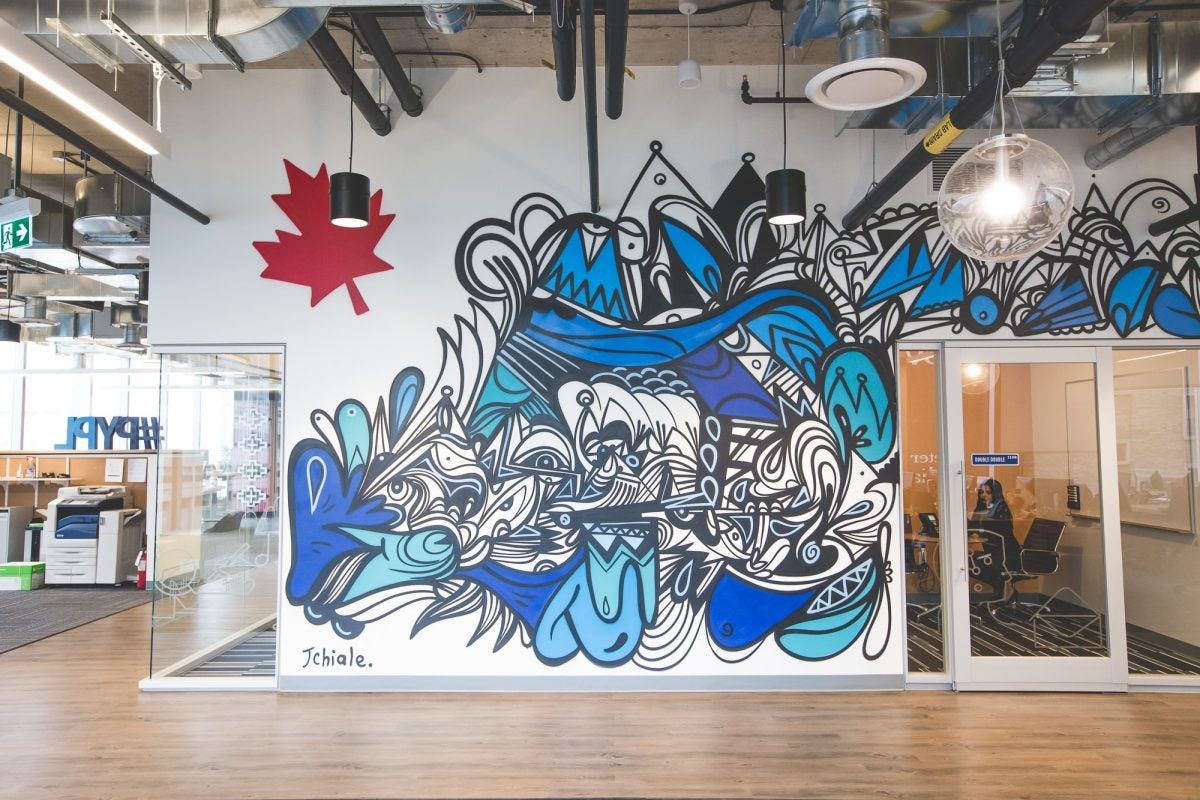This time I had the opportunity to interview Anjana Menon, a senior content designer from PayPal’s product team. Enjoy!
Hi everyone! I’m Anjana, and I’m a content designer at PayPal. I write for some of our card products like the PayPal Cash Card and the PayPal Business Debit Mastercard. I’m from Kerala, a tiny but beautiful state in South India. I’ve lived in Bangalore, London, and New Delhi. A secret I like to keep from most people is that I hate Nutella and peanut butter. I also don’t drink coffee unless I really need to stay up.
In one word what does microcopy mean to you?
Clarity.
How did you get into Content designing?
I have a background in publishing, so I’ve always been into writing and content-related work. At one of my previous jobs, I had to help build a private social media platform. At my last job, I worked on a lot of user-centric communication projects and my mentor pulled me into product writing.

PayPal’s offices — picture by Dailyhive
Where do you find inspiration for the UX writing projects you are working on?
I always have a look at similar products — I find it interesting to look at their layout, what wording they use. But I think my main inspiration comes from other PayPal products and user research.
Tell me about your process of being as a Content Designer and a UX writer?
The first step for me is to understand the product. I need to know the customer’s needs, who they are, why we’re doing something, what problems and/or opportunities exist, and the customer journey. I then do a bit of research on competitors and identify other content touchpoints (emails, notifications etc). I start writing content once I have all this info. I’m lucky enough to work with some amazing product owners and designers who make sure I’m a part of everything right from the start!
What is your method for finding Paypal brand’s voice?
PayPal’s voice and tone has already been defined and is well-established. Personally, I find it simple, helpful, and likeable. I keep these hats on as much as possible, so I don’t have trouble finding the right voice and tone when I write!
As a product and UX writer, what is your super power?
Overthinking! It’s definitely a super power when you’re a product writer, because you think about every possible scenario and use case very thoroughly. This has made me very sensitive to user needs and in turn, a better writer.

PayPal’s offices — picture by Dailyhive
Tell us about the challenges UX writers have when working in a product team
Content is still an afterthought within most product teams, so it’s always important to get everyone on the same page and help them understand that content can make or break the user experience. Content has to be a part of the process, end to end. I find that it’s quite a challenge to make people understand this.
4 useful tips for people that want to get into the field of UX writing?
1. Network — online and offline. Everyone in the industry is very approachable and will help you out with anything you need.
2. Read — as much as you can about UX writing. Medium has loads of posts on the topic.
3. Apply — what you learn and build a portfolio. It’s easier to see your thought process when you have concrete examples.
4. The last tip would be to join the Microcopy & UX Writing Facebook group by Yuval Keshtcher and sign up for Gordon Macrae’s newsletter.

PayPal’s offices — picture by Dailyhive
If you had a list of ‘best-kept secrets’ you’d recommend, which would you include and why?
Anything written by John Saito, Shopify’s UX blog, and Content Design London’s blog. These blogs will teach you so much about the field!
For books, I recommend:
- The Content Design Book by Sarah Richards
- Nicely Said by Nicole Fenton and Kate Kiefer Lee
- Conversational Design by Erika Hall
These books have had an impact on the way I write content.
Just for fun, give us your fave microcopy and UX writing example? (screenshot would be great as well)
This little gem from Spotify when you like a song and then undo it is one of my favourites!

Spotify’s message after pressing the “undo” button





